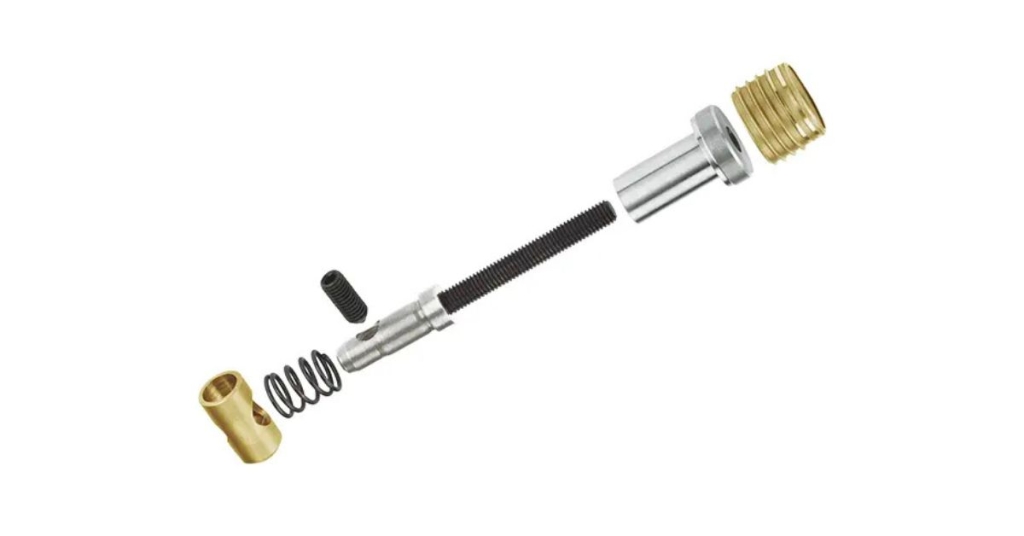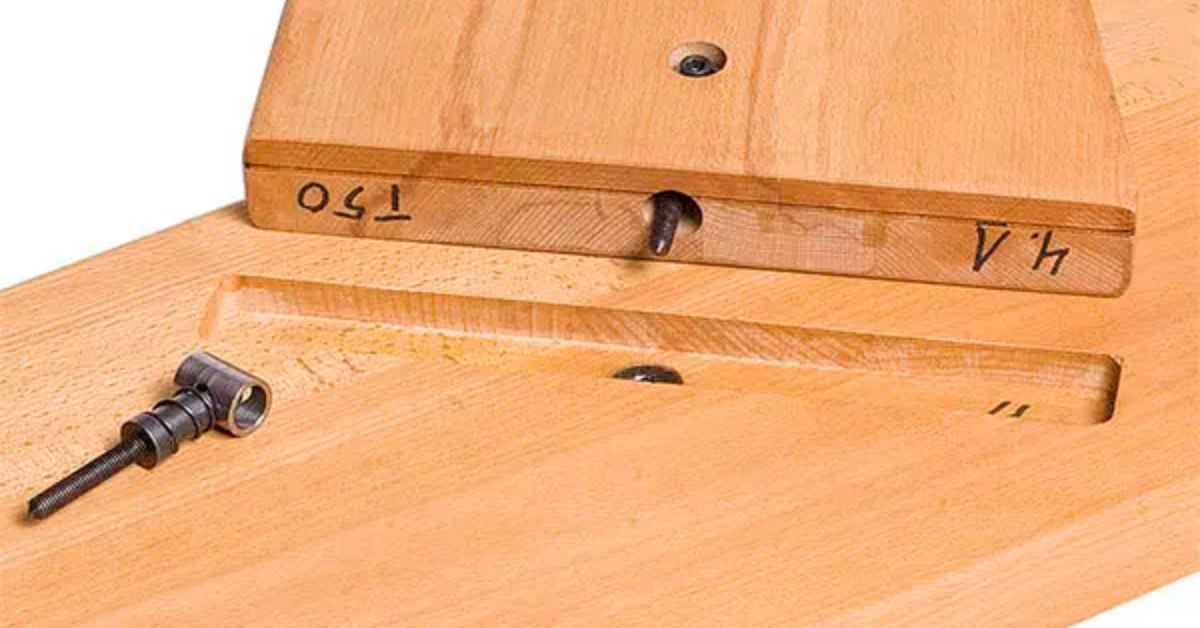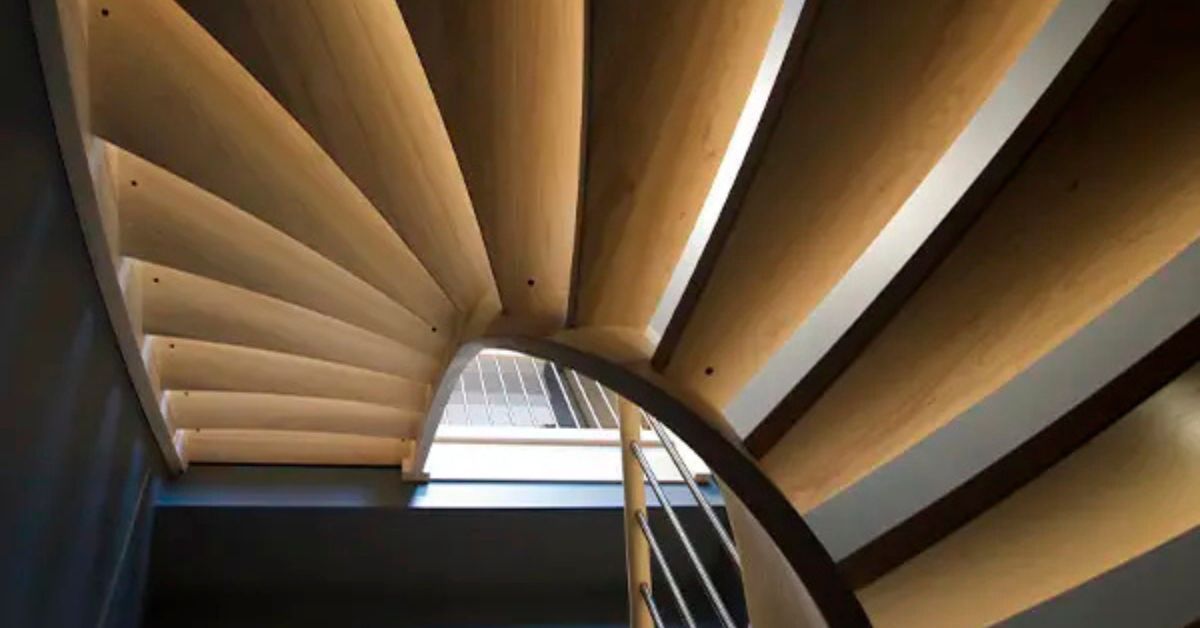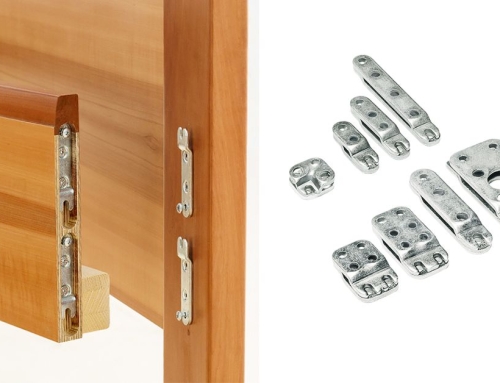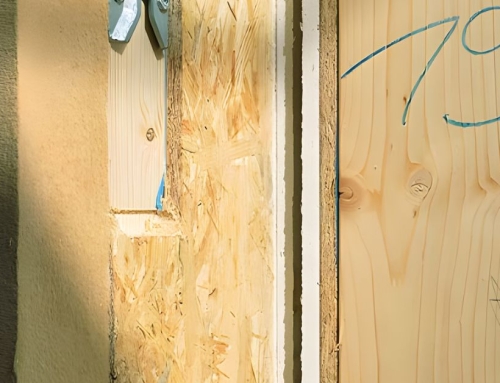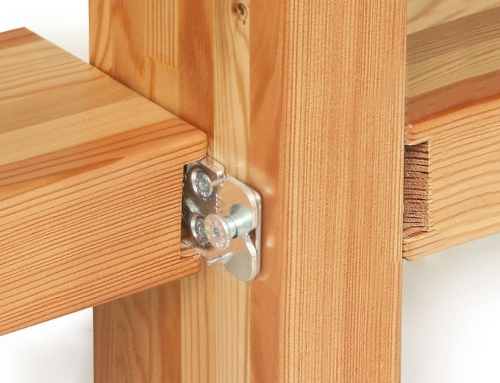When it comes to home renovations, stairs often get the short end of the banister. While everyone’s busy fussing over floor tiles and wall colors, your staircase quietly waits for its moment to shine. Explore this ultimate guide to choosing staircase hardware. Whether you’re building, renovating, or just making a few tweaks, we’ve got you covered from top to bottom.
Why Staircase Hardware Matters More Than You Think
Choosing the right staircase hardware doesn’t just save you from embarrassment when your stairs wobble like jelly. It also impacts safety, aesthetics, and value since the hardware you pick dictates how safe and sturdy your staircase feels. It can make the difference between a sprightly skip up the steps or a gingerly climb accompanied by creaks. Sturdy staircases aren’t just practical—they increase your home’s value.
Beyond the basics, hardware choices transform an ordinary set of steps into an eye-catching feature. Picture this: a sleek, modern railing paired with glossy, polished treads. It’s the difference between a staircase that whispers and one that talks the talk.
Railings and Balusters: The Dynamic Duo
Railings and balusters are like peanut butter and jelly—best pals that stick together. Railings guide your hand and keep you safe, while balusters prevent accidental tumbles through the gaps. You’ll find an array of styles, from traditional wooden spindles to contemporary glass panels.
Wood offers a timeless charm, while metal rails add a modern edge. When choosing, think about the design theme of your home. If you’re aiming for a rustic vibe, wooden options work wonders. For a sleek, modern aesthetic, metal or glass rails steal the show. Just remember, your railings shouldn’t just look good—they should feel good, too. After all, no one enjoys gripping a railing that feels like sandpaper.
Newel Posts: The Anchors of Elegance
Newel posts are usually the first thing people notice when they approach a staircase. Looking for a statement piece? Consider ornate or oversized newel posts. Prefer something minimalist? Sleek, simple designs fit the bill.
Material choice plays a crucial role here, too—wood exudes warmth, while metal offers an industrial touch. If that’s not enough, consider adding decorative caps or finials to your newel posts. It’s the little details that elevate a staircase from functional to fabulous.
Stair Tread Fasteners: Keeping It All Together
Stair tread fasteners might not sound glamorous, but they are the unsung heroes of staircase construction. These fasteners secure treads to stringers, ensuring that each step remains solid underfoot—without them, your staircase would resemble a house of cards.
Fasteners come in various types, including screws, nails, and specialty clips. When choosing, consider factors like the material of your treads and stringers. For example, wooden treads often benefit from screws, while metal treads pair well with clips. Ensure you select fasteners designed for your specific materials to avoid any wobbly surprises.
Stringers: The Backbone of Your Stairs
Stringers are the backbone of your staircase, providing structural support—think of them as the skeletons that combine form and function. Basic stringers are hidden, but open, visible stringers add an architectural element to your staircase.
When choosing stringers, consider the type of staircase you have. Closed stringers work well for traditional designs, while open stringers suit contemporary spaces. Material choice matters, too. Wood offers versatility, while metal adds modern flair. Whatever you choose, make sure it complements the overall design of your staircase.
Risers and Treads: The Building Blocks
Risers and treads are the meat and potatoes of your staircase. Risers are the vertical parts, while treads are the horizontal surfaces you step on. Together, they form the backbone of each step. Traditionally, risers and treads come in matching materials, but mixing things up adds visual interest.
Consider the material and finish of your risers and treads—wood lends warmth, while stone offers sophistication. Don’t forget about texture! Smooth finishes exude modernity, while distressed surfaces add rustic charm. Choose materials that align with your home’s aesthetic and offer durability, especially in high-traffic areas.
Handrails: Safety With Style
Handrails aren’t just a safety feature—they’re an opportunity to add flair. From classic wooden rails to contemporary metal designs, handrails come in a variety of styles. Consider their shape and texture. Rounded rails offer comfort, while angular ones make a bold statement.
When choosing handrails, think about the overall design of your staircase. Should they blend in or stand out? Sleek metal handrails complement modern designs, while wooden rails enhance traditional settings. Remember, handrails should be both functional and visually appealing.
Choosing the Right Finish
Finish plays a significant role in the overall look of your staircase hardware. From matte to glossy, the choice you make impacts both aesthetics and maintenance. Matte finishes exude a contemporary vibe, while glossy finishes add elegance.
Think about the interplay between your chosen materials and finishes. Wood benefits from protective coatings, while metal requires polishing. Consider the level of maintenance each finish requires. A glossy finish may require more upkeep to retain its luster, while matte finishes tend to be more forgiving.
Mixing and Matching Styles
Gone are the days of uniformity—mixing and matching styles can add depth and character to your staircase, so try combining different materials and finishes to create a unique look. For example, pair metal balusters with wooden handrails for a contemporary twist.
Experiment with contrasting colors and textures to add visual interest. However, be mindful not to overdo it and ensure the elements you choose complement each other. Mixing styles is an art, so trust your instincts and create a cohesive look that reflects your personal taste.
Incorporating Lighting Into Your Staircase
Lighting isn’t just for guidance—it enhances the aesthetics of your staircase, too. Recessed lighting along the stairs or under each tread creates a soft, inviting glow. Pendant lights or chandeliers above the staircase add drama and elegance.
Consider the interplay between natural and artificial lighting—large windows adjacent to your staircase flood the area with natural light, emphasizing architectural features. Experiment with different lighting options to find what suits your space best. Proper lighting elevates your staircase from functional to fabulous.
DIY vs. Professional Installation
Deciding whether to tackle your staircase project DIY-style or hire a professional is a big decision. DIY offers a sense of accomplishment and cost savings, but it requires time and skill. Building a staircase demands precision, and mistakes can be costly.
Professional installation guarantees safety and quality. Experts have the knowledge and experience needed to handle complex projects. If you’re uncertain about your DIY skills, consider consulting a professional. They’ll guide you through the process and ensure your staircase is both safe and stunning.
Conclusion
Choosing staircase hardware might seem like a minor detail, but it can make a world of difference in your home. Remember to consider overall design, mix and match styles, and prioritize quality. Whether you’re embarking on a DIY adventure or enlisting the help of a professional, use this ultimate guide to choosing staircase hardware to give your staircase the spotlight it deserves.

